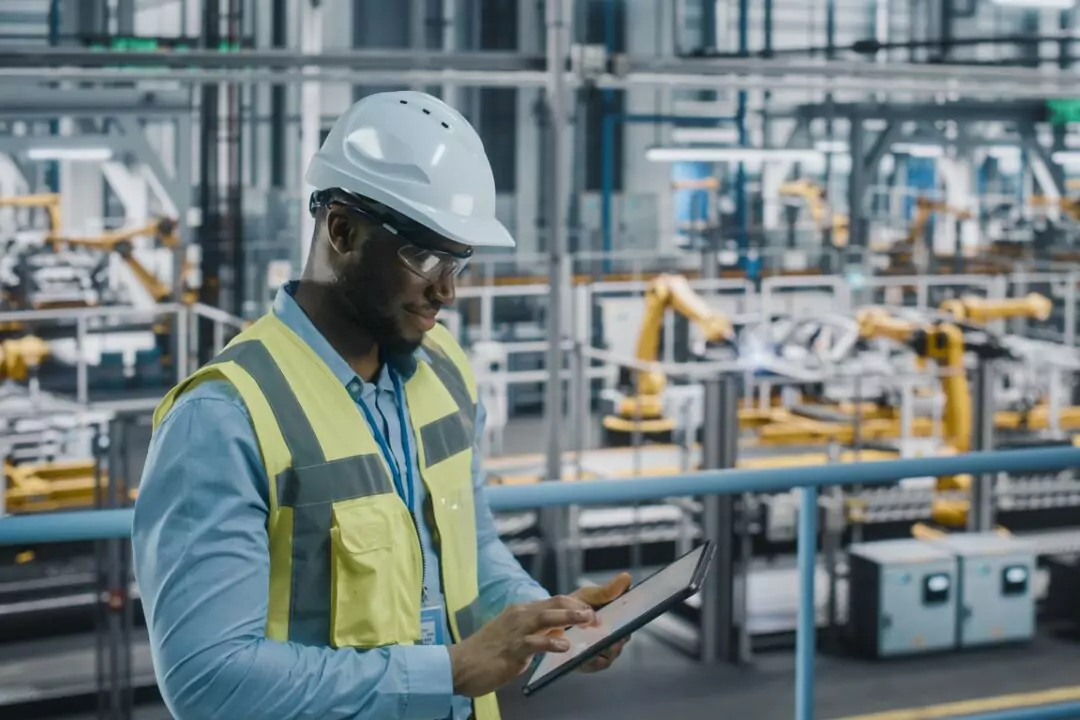In the dynamic landscape of manufacturing, prioritising health and safety standards goes beyond regulatory compliance—it’s essential for fostering operational success and ensuring employee well-being. Given the critical role manufacturing plays in driving industrial economies, the sector faces numerous risks. Yet, adopting proactive health and safety strategies can turn workplaces into hubs of productivity and security for all employees.

Why Health and Safety in Manufacturing Matters
1. Protecting the Workforce
Manufacturing environments often involve heavy machinery, hazardous materials, and intricate processes. Without stringent health and safety measures, workers are at risk of injuries, illnesses, or worse. Ensuring their safety is not only a moral responsibility but also vital for sustaining a skilled and motivated workforce.
2. Enhancing Productivity
A safe workplace minimises downtime caused by accidents or equipment malfunctions. Employees perform better when they feel secure, leading to improved efficiency and higher-quality outputs.
3. Reducing Financial Liabilities
Workplace incidents can lead to costly legal battles, fines, and compensation claims. Investing in health and safety measures upfront saves money in the long run by mitigating these risks.
4. Building a Positive Reputation
A commitment to health and safety reflects a company’s values and builds trust among stakeholders, including employees, clients, and regulatory bodies. A safe manufacturing facility is a testament to a company’s dedication to excellence.
Key Challenges in Manufacturing Health and Safety
Despite its importance, implementing effective health and safety measures in manufacturing can be challenging. Common hurdles include:
Complexity of Operations: Diverse tasks and machinery require tailored safety protocols.
Complacency Risks: Over time, employees may overlook safety practices, especially if incidents have been rare.
Evolving Regulations: Staying compliant with dynamic health and safety laws demands ongoing effort and resources.
Best Practices for Health and Safety in Manufacturing
1. Comprehensive Training Programmes
Regular training ensures employees understand safety protocols and are equipped to handle emergencies. Training should be practical, engaging, and continuously updated.
2. Risk Assessments
Conducting regular risk assessments helps identify potential hazards and implement appropriate preventive measures. This includes evaluating machinery, workflows, and workplace layouts.
3. Investing in Safety Equipment
Providing personal protective equipment (PPE) and maintaining safety systems like fire alarms, ventilation, and emergency exits are essential.
4. Encouraging a Safety-First Culture
Foster a workplace culture where safety is everyone’s responsibility. Encourage employees to report hazards and suggest improvements without fear of repercussions.
5. Leveraging Technology
Modern solutions like IoT sensors, automation, and safety management software streamline compliance and enhance incident prevention.
Leadership commitment is crucial for fostering a culture of safety. Management should lead by example, prioritise safety investments, and ensure accountability at all levels. Transparent communication and regular feedback loops are vital for continuously improving safety protocols.
Health and safety in manufacturing is not just about avoiding accidents; it’s about creating a resilient and thriving workplace. By prioritising employee welfare and operational safety, manufacturers can achieve sustainable growth and set benchmarks in their industries.
Start Improving Workplace Safety Today
Ensure compliance and keep your workplace safe with a digital Permit to Work system. Learn more about how EHSwise Software can transform your safety management process. Book a demo with our team today.
By prioritising safety with a structured PTW process and leveraging the power of software, organisations can significantly reduce risks, enhance operational efficiency and ensure compliance. Take the first step today and experience the transformative benefits of EHSwise Software!


